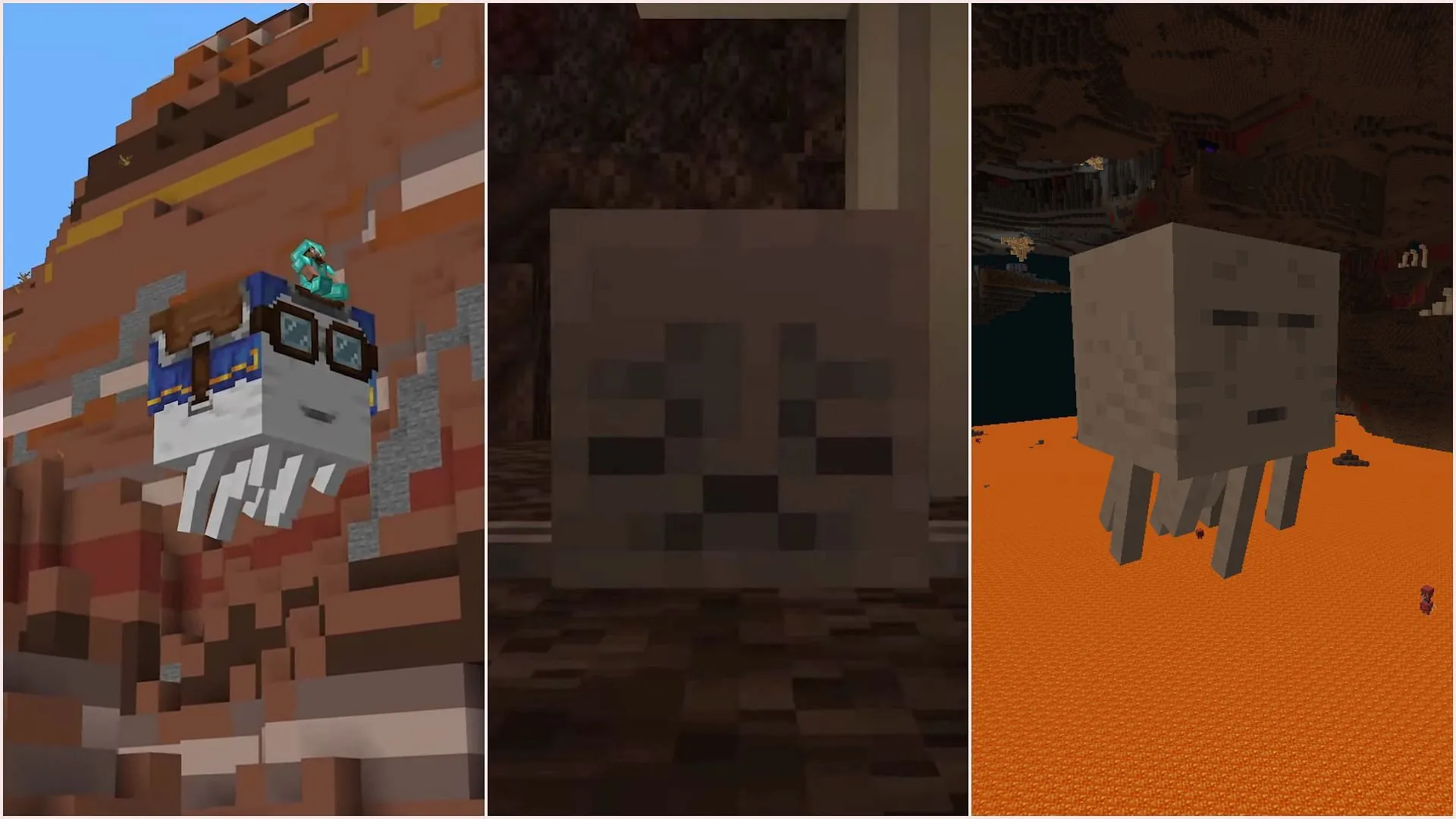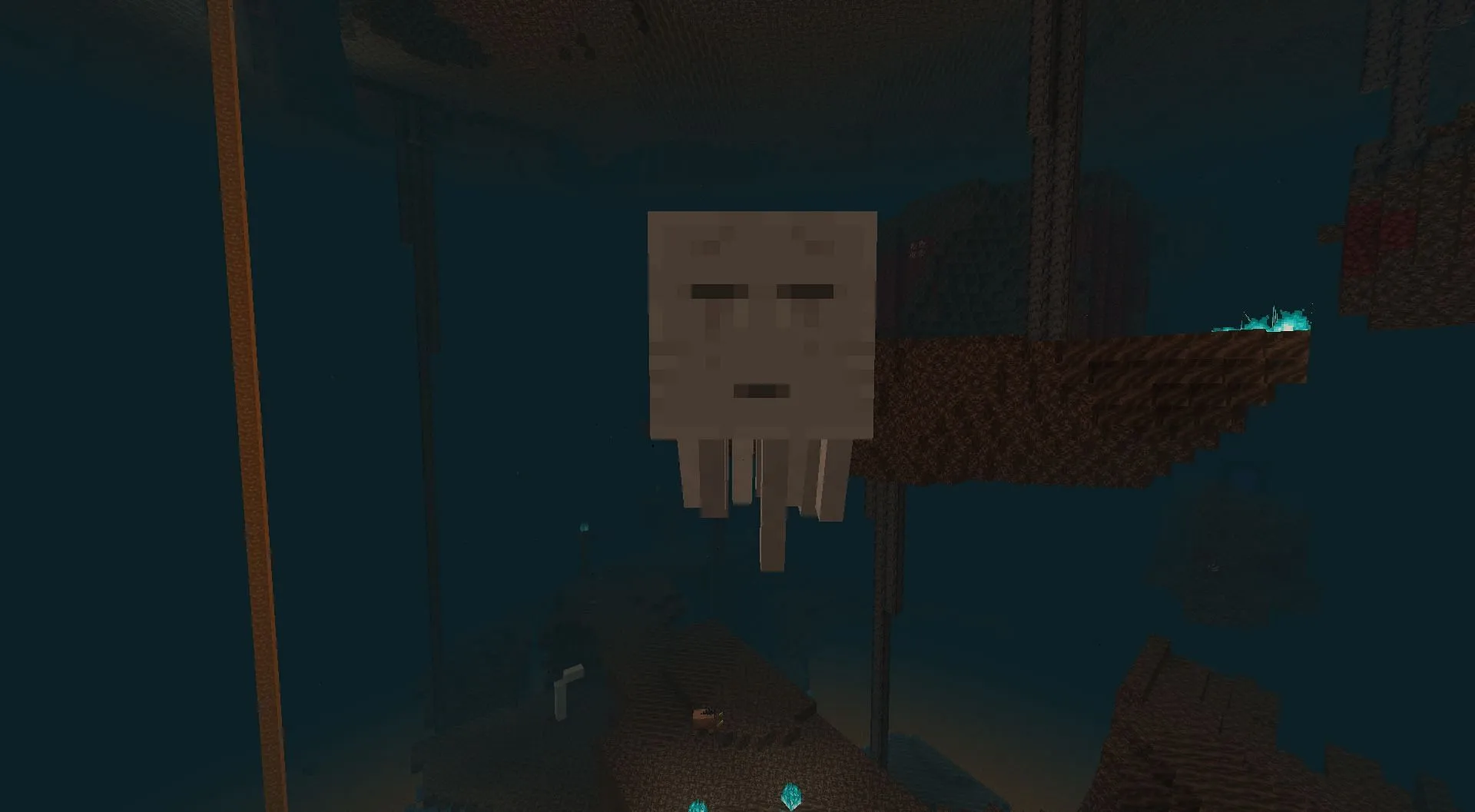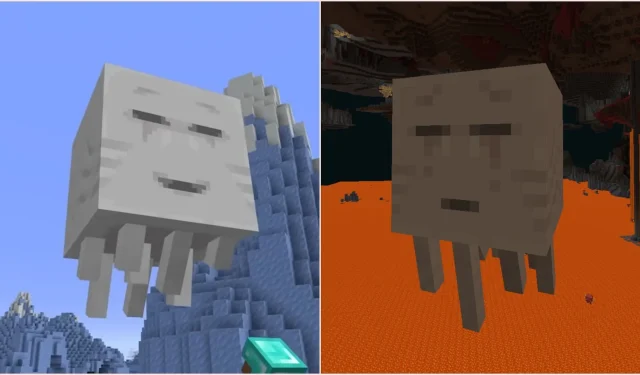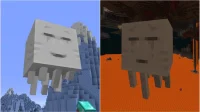Mojang has unveiled exciting news for Minecraft fans with the introduction of two innovative ghast variants set to debut in the upcoming summer update. While traditional ghasts in the game are known for their aggressive and threatening behavior, these new additions are designed to be completely passive and friendly, offering a fresh perspective on these haunting creatures.
The introduction of friendly ghasts has sparked a debate about the nature of their hostile counterparts, suggesting that perhaps not all Nether ghasts were originally meant to be menacing.
Exploring the Nature of Minecraft Ghasts
Connection Between Old and New Ghasts and the Dried Ghast Block

At the recent Minecraft Live event in 2025, Mojang showcased an intriguing new block known as the “dried ghast,”which is expected to emerge near Nether fossils in the Soul Sand Valley. This habitat aligns with the natural dwelling places of traditional ghasts, suggesting a potential link between them and the dried ghast block.
The dried ghast block can be nourished with water to produce two new friendly variants: the ghastling and the happy ghast. This revelation could imply that both the older and newer ghast forms originate from the same source, the dried ghast block.
Notably, dried ghast blocks are located adjacent to Nether fossils, which are large, skeletal structures believed to contain the remnants of ancient creatures. This connection raises the possibility that these fossils might represent the remains of a long-gone ghast, whose offspring transformed into a dried ghast — a creature marked by a sad expression.
It is plausible that the old ghasts, now known for their hostility, were once helpless dried ghasts who succumbed to the oppressive environment of the Nether. Over time, their inability to thrive may have resulted in their aggressive tendencies and newfound abilities to shoot fireballs.
Interestingly, if players had encountered these dried ghasts before their transformation, they might have had the opportunity to nurture them back to a friendly existence.
The Impact of Nurturing on Ghast Behavior

The hypothesis that both old and new ghasts share a common origin leads to a critical question: Could the tendency of old ghasts to become hostile stem from their lack of care in the Nether? These creatures likely never received the attention and nurturing they needed, leading them to evolve into the aggressive ghost-like entities players encounter today.
This theory gains traction when considering the emotional expressions of dried ghast blocks and old Nether ghasts, both bearing frowning faces. This shared expression signifies sadness and neglect, which may have followed them throughout their existence.
If players had only discovered and nurtured these creatures in their early states, the old ghasts could have become happy and friendly variants, reflecting a more benevolent side of these creatures.


